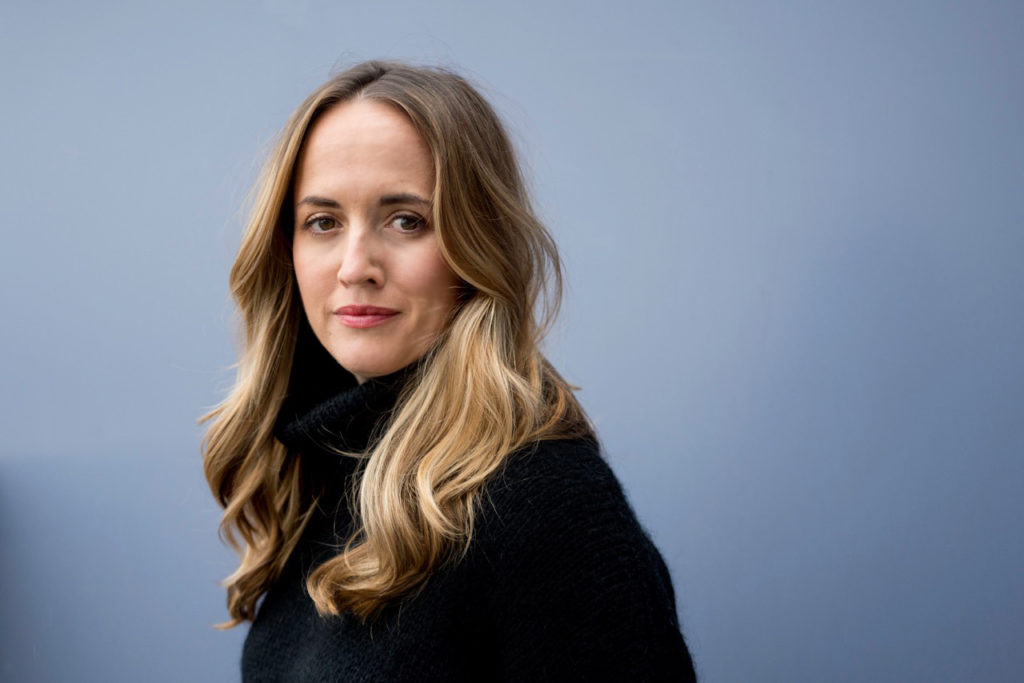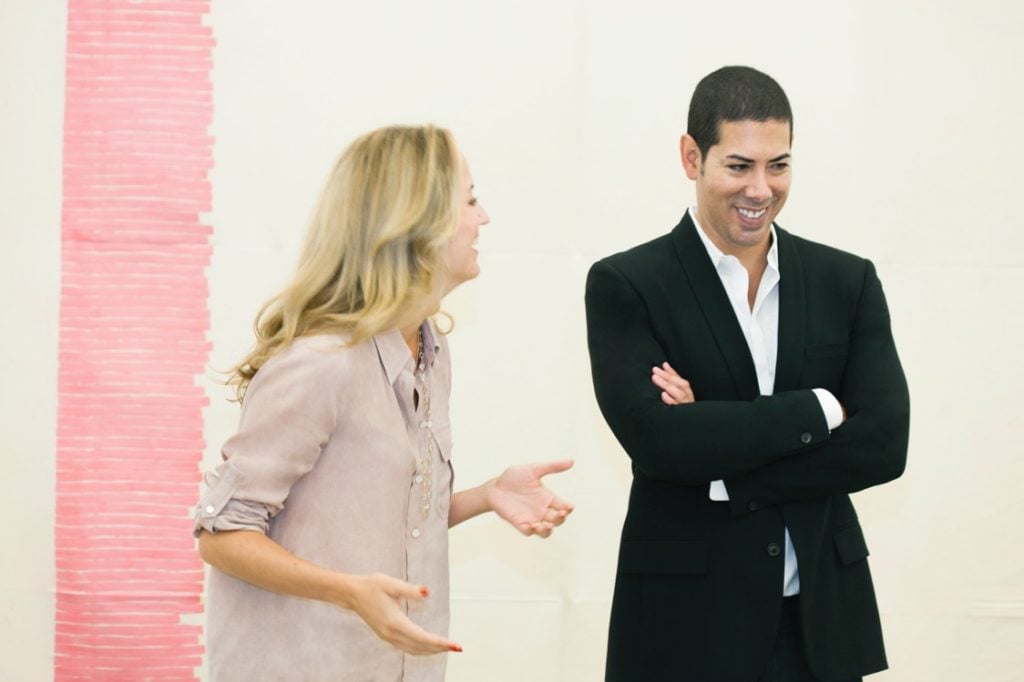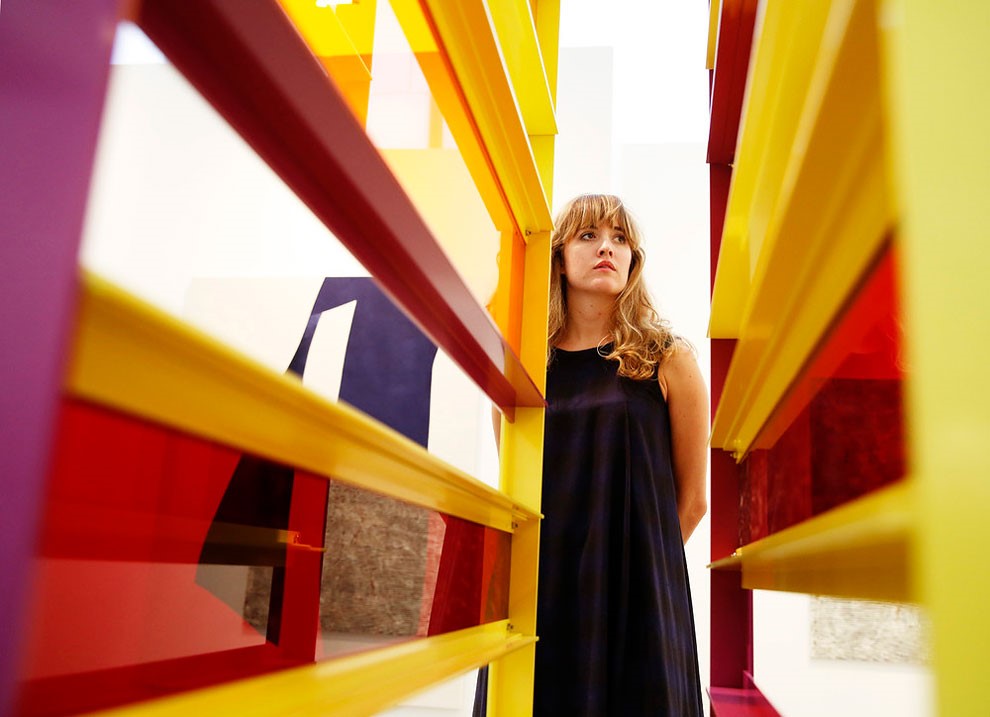People
How I Got My Art Job: Frieze Artistic Director Loring Randolph on How Asking Smart Questions Got Her in the Door
Plus, how Randolph plans to shake up the fair.

Plus, how Randolph plans to shake up the fair.

Sarah Cascone

![]() From fabricators to mummy conservators to private collection managers, the art world is full of fascinating jobs you may not have realized even existed. In artnet News’s column “How I Got My Art Job,” we delve into these enviable art-world occupations, asking insiders to share their career path and advice for others who wish to follow in their footsteps.
From fabricators to mummy conservators to private collection managers, the art world is full of fascinating jobs you may not have realized even existed. In artnet News’s column “How I Got My Art Job,” we delve into these enviable art-world occupations, asking insiders to share their career path and advice for others who wish to follow in their footsteps.
This week, we spoke with Loring Randolph, artistic director of the Americas for Frieze Art Fairs since October 2017.
Education: I did an art history degree and a BFA in graphic design, both at at the University of Michigan, and my masters through Sotheby’s Institute of Art in London.
Seeking out a career in the arts: I really wanted to work in the art world, but I grew up in a very small town in Michigan called Saugatuck. They had a wonderful regional art scene, home to the Art Institute in Chicago’s summer program, Ox-Bow, but it was not an international center.
I was desperate as a young art student to move to New York or London. I got a brochure in the mail one day from the Sotheby’s Institute program, applied, and ending up going.

Loring Randolph and Casey Kaplan. Photo courtesy of Loring Randolph.
Entering the workforce: At the Sotheby’s Institute, I wrote my thesis on the contemporary art market, and I interviewed a lot of gallery people. That was how I got my first job, by interviewing Faye Fleming, the curator at Timothy Taylor. She liked the kinds of questions I was asking, and she hired me as an intern. I worked with her on the Richard Patterson show and a few other projects, and then they offered me a job after my internship was over.
I went back to Michigan while I was waiting for my visa to come through, and initially, it was denied, so I decided to move to New York. Of course, then the visa came through, but it was too little too late.
The people at Timothy Taylor were kind enough to pass my information along to David Zwirner and Andrea Rosen. I applied for a couple of front desk positions, but realized I was more interested in working directly with artists. I got really lucky because Bellatrix Hubert at Zwirner was a close friend of Casey Kaplan, and she sent him my info. He hired me right away!
How I got the job I have now: I’ve been working at art fairs, at Frieze in London and New York, and Art Basel in Miami and Switzerland, since I started working with Casey in 2006. That was a good 10 years of art fair participation, shaping my understanding of how that side of the business really works. I got to know Matthew Slotover and Amanda Sharp through those experiences, and then over the summer, the recruiting person for the Frieze Americas approached me about the artistic director role.

Loring Randolph at Frieze London in 2014. Photo courtesy of Loring Randolph.
The biggest adjustment: The learning curve has been fairly steep in understanding all the moving parts that go into putting together an art fair. We construct our own bespoke space every time we make a fair, and I had to learn about what that entailed. I really am responsible for all aspects of the fair, including its layout and the logistics, and choosing the content and the programming.
I felt like I had a lot of work at the gallery, in terms of juggling the travel schedule and all the relationships that we had with clients and museums and artists, but when you go from a smaller microcosm like a gallery to a larger outfit like Frieze, it amplifies that by, like, 10 times.
Putting my stamp on Frieze: I think people are going to experience almost an entirely new fair this year. We’ve redesigned the layout, so instead of having one giant structure with a snaking row of booths, we’ve compartmentalized the fair into five individual tents. One will be a spotlight on the 20th century, which I think will be helpful—like we have Masters in London. In the center of the fair is Frame, the younger section. It ends up being the heart of the fair as opposed to getting lost on the periphery of fair.
I really want the fair to be a place of more diversity that’s progressive and innovative. Coming from the gallery side, I saw a chance to implement a vision that would enhance the experience for dealers and the public alike.
When it is something cyclical, there are obviously things in place that have worked really well from the beginning, but there are also opportunities for change. Frieze was very open and receptive to a lot of the things that I suggested doing for the 2018 iteration of the fair, especially in the limited amount of time that we had.

View of Frieze in New York, 2017 via Instagram @freizeartfair.
What my typical day looks like: I’m up at 6:30 a.m. and I check my email by 7 a.m. I try to respond really quickly before I get my kids up and ready for the day. I am at the office around 9:30, and usually have back-to-back calls with our heads of department in London from about 10 a.m. to about 2 p.m. when they tend to go home.
Then there are face-to-face meetings with galleries or collectors here in New York. I like to go to something in the evening, like an opening, before I head home for the day.
Advice for those who want my job: You can come to a job like this from a lot of different areas. The woman who had this job before me came from a museum background. If you’re an art history student, you can approach this community from so many directions. You can be an academic, a curator, an artist studio manager—it’s really just about putting yourself out there.
My favorite part of my job: I really like having a lot of balls in the air. I’m appreciating the speed at which things are happening, and the organized chaos I’m experiencing. I am really excited to work with galleries on making Frieze the best experience that you can have at an art fair in the Americas.

Loring Randolph at an art fair. Photo courtesy of Loring Randolph.
My most influential mentor: I’ve really only had one mentor so far, which was Casey Kaplan! He was amazing in so many ways, but I’m definitely excited about my relationship with Victoria Siddall, director of Frieze Art Fairs. I think I’ve craved all my life to have a female mentor.
One thing I wish I could tell my 22-year-old self: You have the chance to take a lot of risks when you’re in your 20s. A lot of people think there’s a path that you’re supposed to follow based on social norms, but I would encourage you to take as many risks as you can.
Interested in starting a career in arts? Study with Sotheby’s Institute of Art, the leader in art business education since 1969. Get started today at a campus in London, New York, Los Angeles, or online.